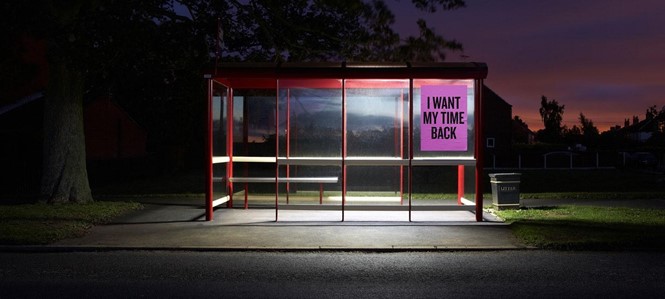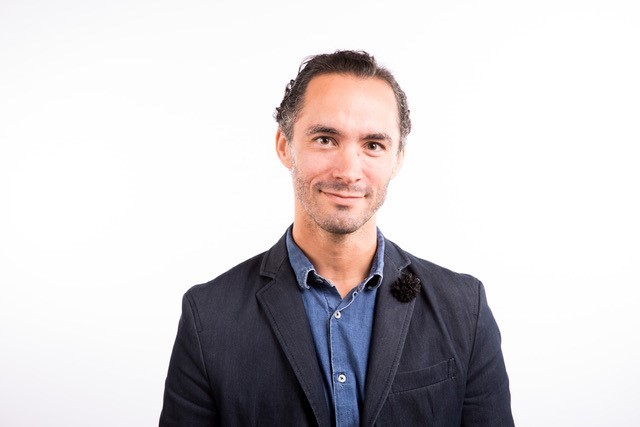Opinion: Disrupting the disruptors

Disruption fatigue could be the best thing that happens to us this coming decade, Nick Liddell asserts
I went to school long before being disruptive was considered a positive goal to aim for. Back then, the most disruptive aspects of my life were my parents’ divorce and the naughty boy in my class who could wee as high as the ceiling of the boys’ lavatories – and often did.
The world has changed.
The late Clayton Christensen is the man we can credit with making disruption desirable. In his 1997 book, ‘The Innovator’s Dilemma’, he described the process through which low priced, low performance products introduced into a market originally appeal to a niche of less profitable customers and then eventually kill off more expensive, less efficient incumbents.
Over time, the term has evolved to describe pretty much any activity, business model, or innovation that promises a radical departure from the past: smartphones, ride hailing, wearable tech, 3D printing, autonomous vehicles, the Internet of Things, augmented reality. Disruption acolytes point to the world-changing potential of these ideas as evidence that their mantra must be obeyed: disrupt or die!
Disruptive innovation succeeds in tapping into the paranoia of both business leaders and those who seek to challenge their primacy.
If you work at Unilever, IBM, Coca-Cola, Barclays, or Tesco, disruption presents an existential threat: ignore it at your peril. Anybody in these businesses who fails to chant the mantra risks coming off as a complacent dinosaur, mortally out-of-touch with the realities of a digitally-enabled world.
At the other end of the spectrum, disruption provides an opportunity for have-nots, has-beens and me-toos to rebrand themselves as visionary challengers: asset-light entrepreneurs with the agility to pivot seamlessly from one sharing economy model to the next. This is why disruption has remained so stubbornly desirable: the paranoia it feeds off is eternal and ever-present in the business world.
For evidence of this, look no further than the myriad predictions of trends that will define the 2020s. Boston Consulting Group’s guide on ‘How to Thrive in the 2020s’ suggests (surprise surprise) that the coming decade will be defined by accelerating technological, social and political change, which all point to an era of unprecedented uncertainty and volatility. BCG’s prescription for organisations that want to inoculate themselves against all of this volatility includes harnessing machine learning, diversity and agile working to build social value as well as business value. BCG’s isn’t a lone voice. In fact, its guide to the future sits at the more measured (not to mention coherent) end of the spectrum.
Accenture predicts that “2020’s meta-trend represents a major realignment of the fundamentals… A once in a lifetime opportunity to innovate business models, services and products around new definitions of value.” Accenture’s disruptive world view is one where humans become liquid walking barcodes with digital twins. I’m honestly not making this up. If the disruption mantra hasn’t just reached its shrieking, deafening apogee then I honestly have no idea where we go from here.
Fortunately, there’s reason to believe that we may finally be at the point of ‘peak disruption’.
Somerset House in London is currently hosting an exhibition that hints at what’s to come. Titled ‘24/7: a wake-up call for our non-stop world’, the exhibition features 40-odd artists’ equal-but-opposite reaction to the modern fetish for relentless, radical, rapid innovation. It focuses in particular on the sleep deprivation that a constantly moving, always-on approach to life demands and includes anti-disruption mantras from Douglas Coupland: “I want my time back”; “I would like to speak to a human being please”; “I miss my pre-Internet brain”; “the present and the future are now the same thing”. To my eyes, it represents the latest symptoms of a sickness that for many observers has been a long time coming: disruption fatigue.
If this is how Douglas Coupland sees the future then I’m not about to argue with him – this is the man who brought us ‘Generation X’, after all. It’s also worth noting that Coupland isn’t anti-future or anti-progress (he has written in the FT that he doesn’t in fact miss his pre-Internet brain – he can no longer remember it). If my parents’ divorce taught me anything it’s that a post-disruption world is a happier one.
Disruption fatigue could be the best thing that happens to us this coming decade; it will give us the space to have a more measured, nuanced dialogue about innovation that doesn’t involve pretending it has to happen at breakneck speed. The most consistently profitable innovators are not relentlessly disruptive: they are capable of introducing radical new ideas to the world, but they hone and perfect the delivery of those ideas through years of incremental improvement to improve efficiency and profitability.
Amazon’s profitability is the result of decades of supply chain improvement. Apple’s profit growth is expected to come from subscription services on existing devices rather than finding the next iPod, iPhone or iPad. Google isn’t betting its whole future on quantum computing – it’s moving into basic banking services.
The world’s most valuable companies are testament to the power of learning to innovate in small steps as well as big leaps. Disruptive innovation has a role to play, but not every wee needs to hit the ceiling.
Nick Liddell is director of consulting at the Clearing













